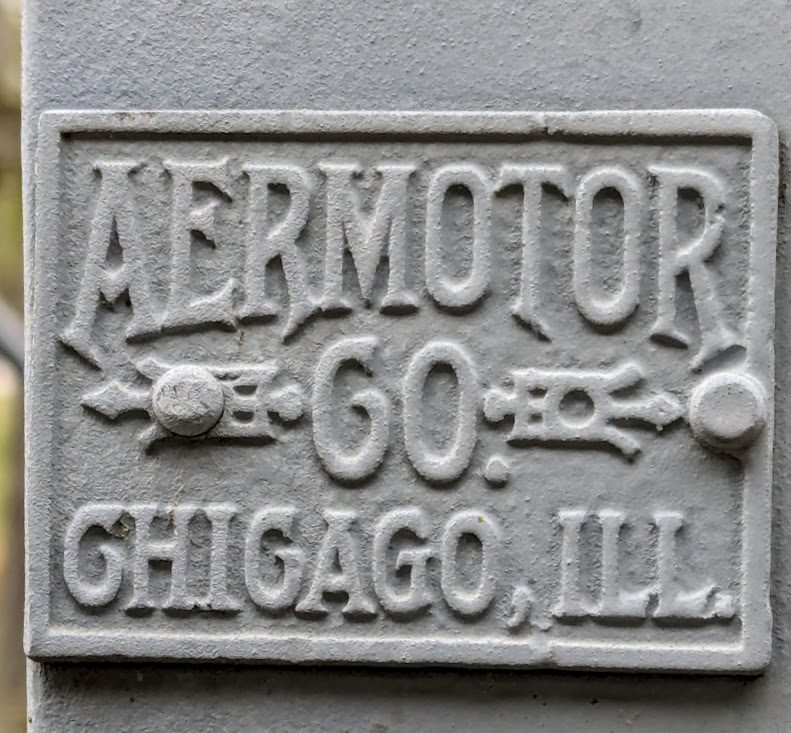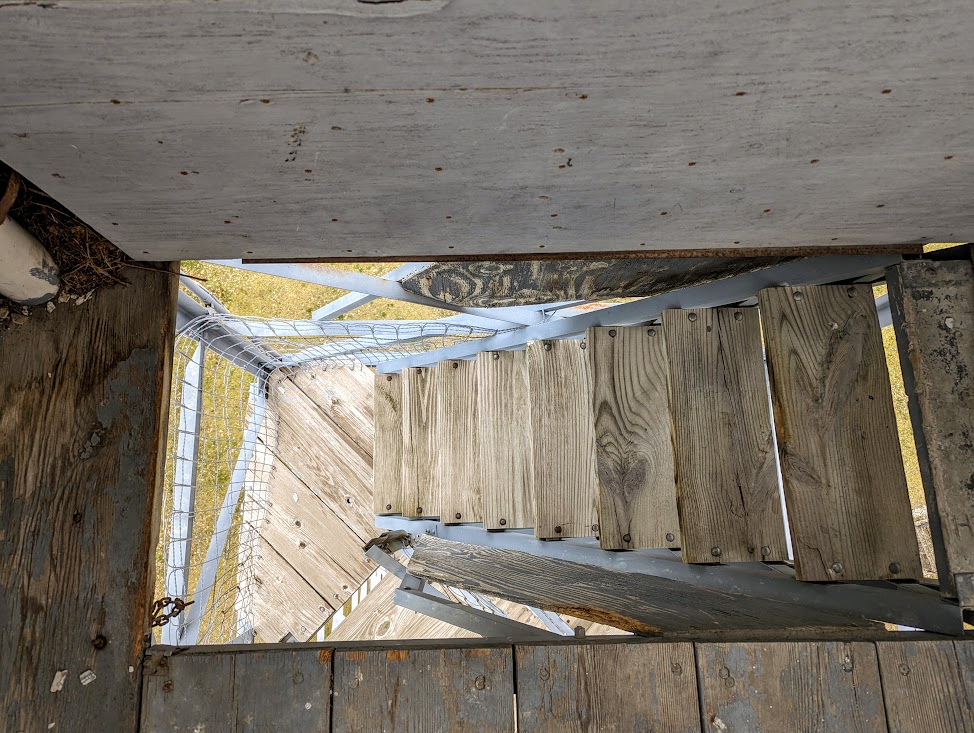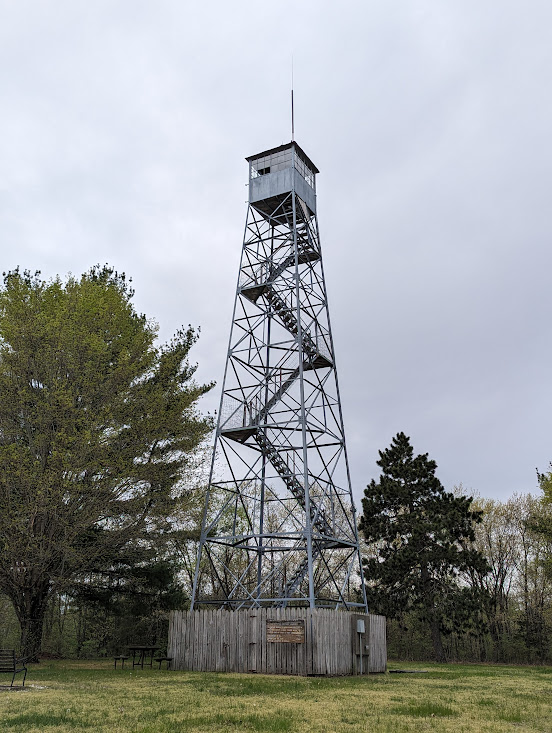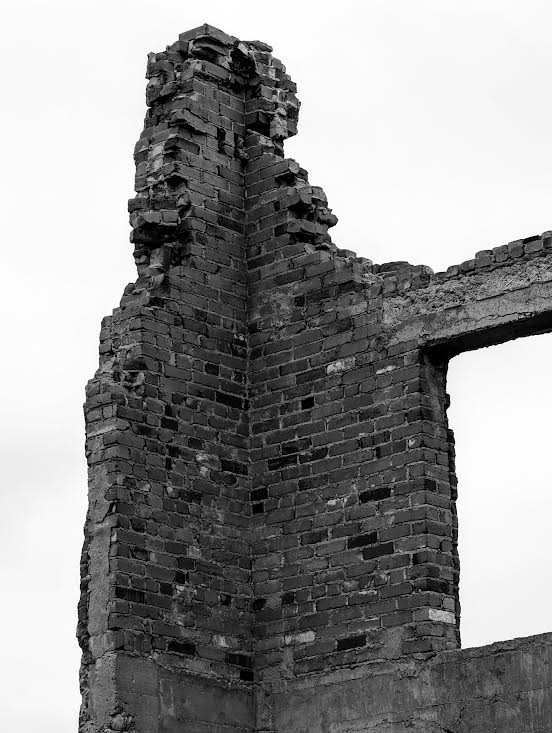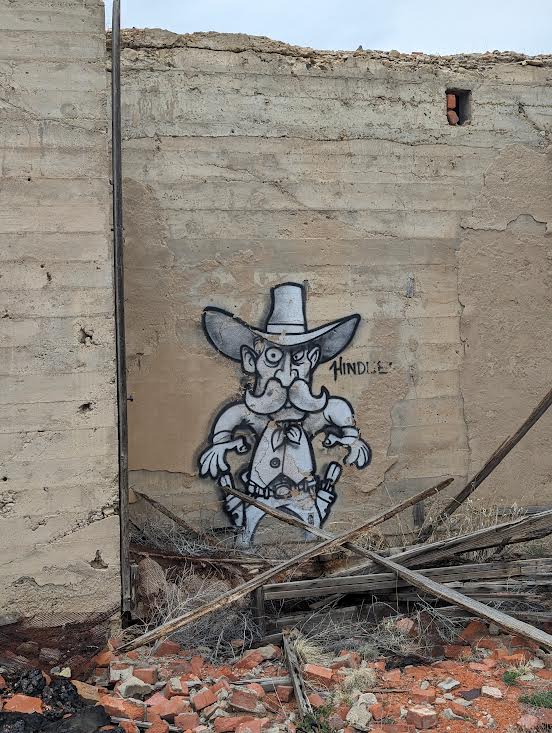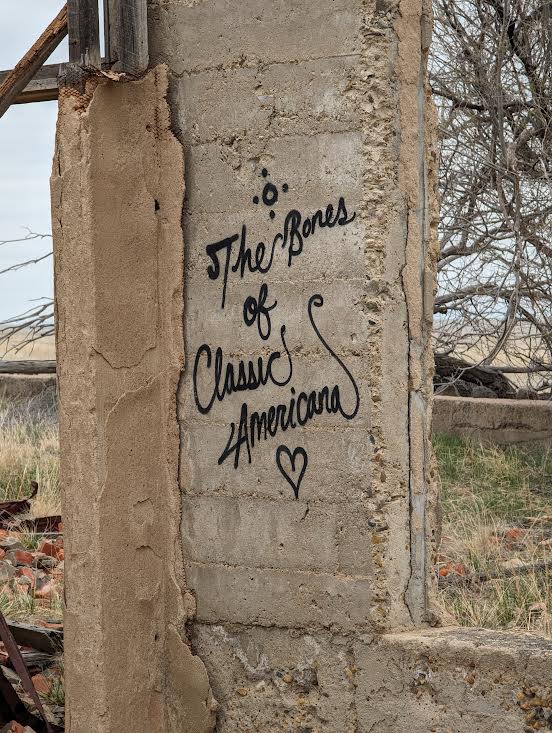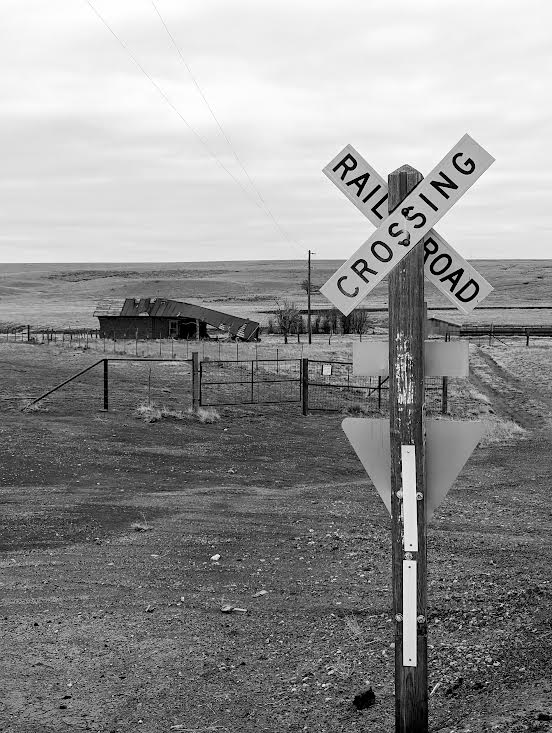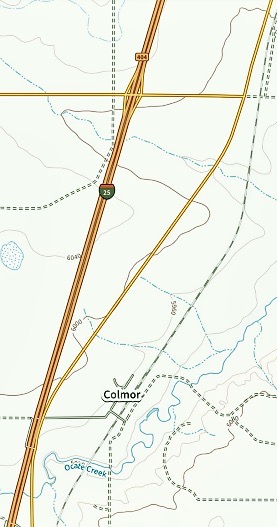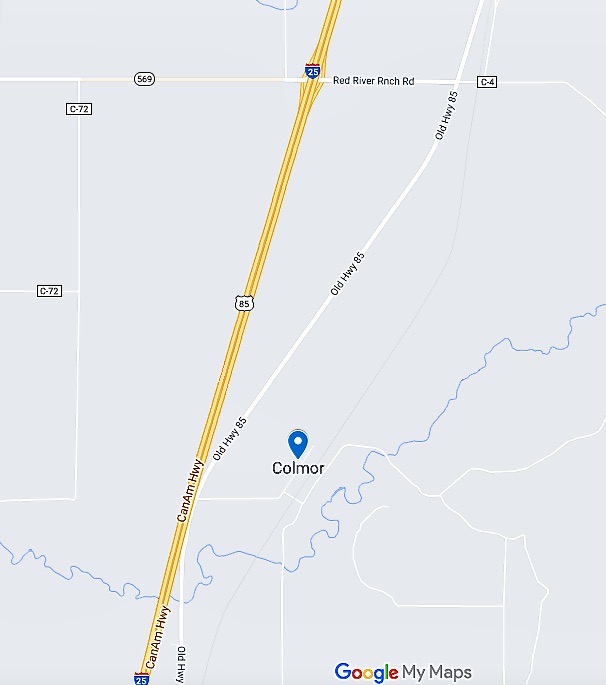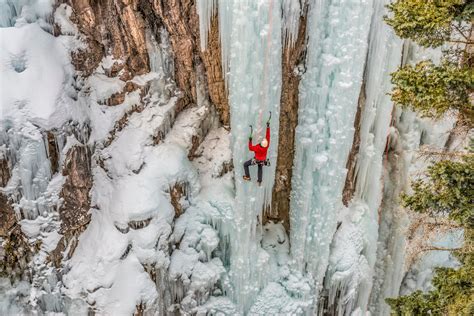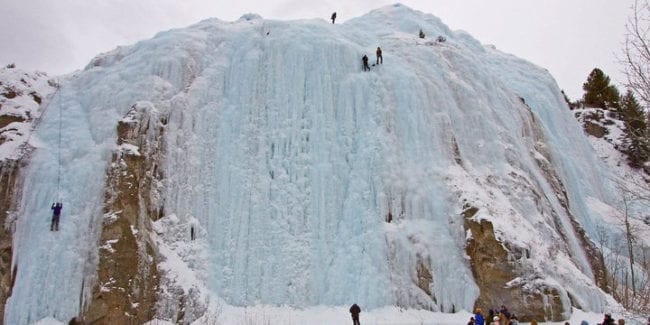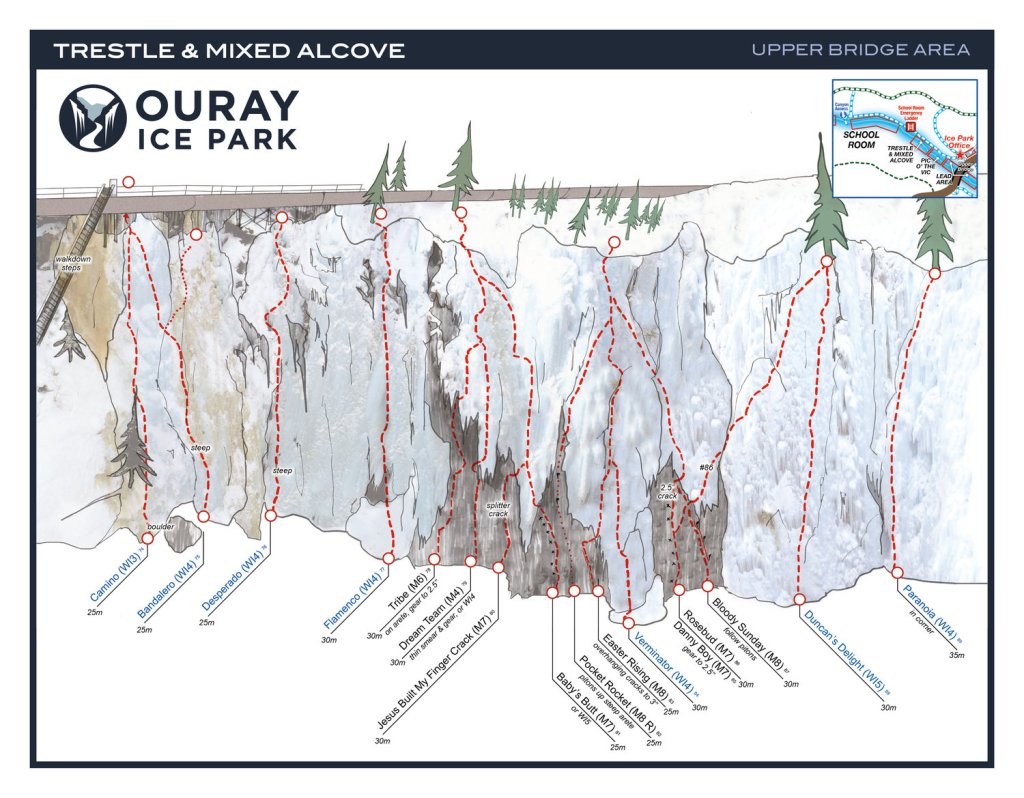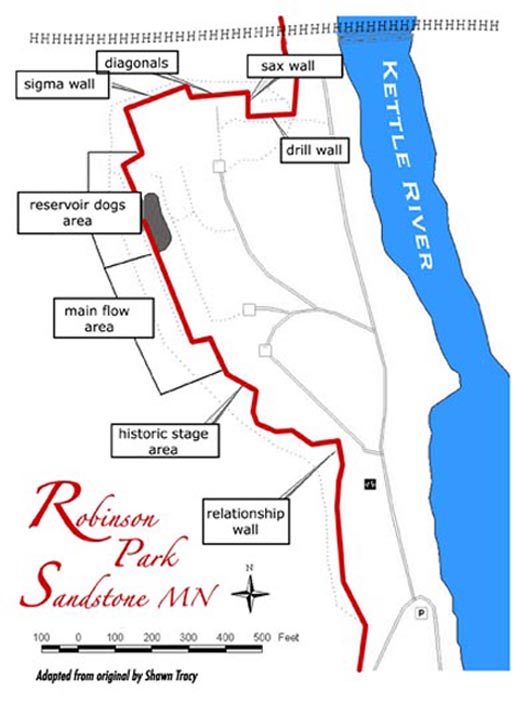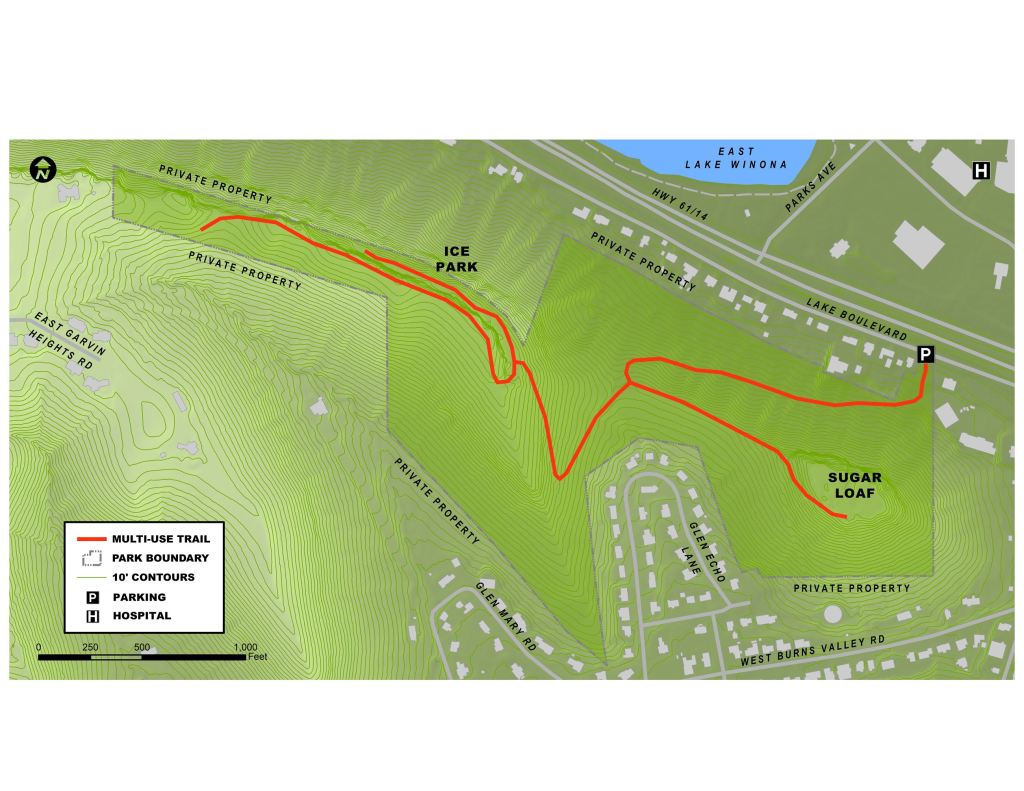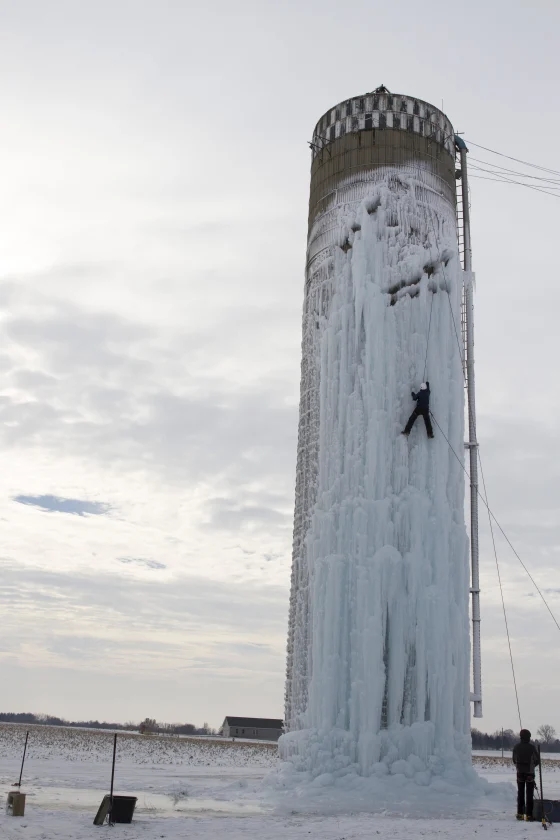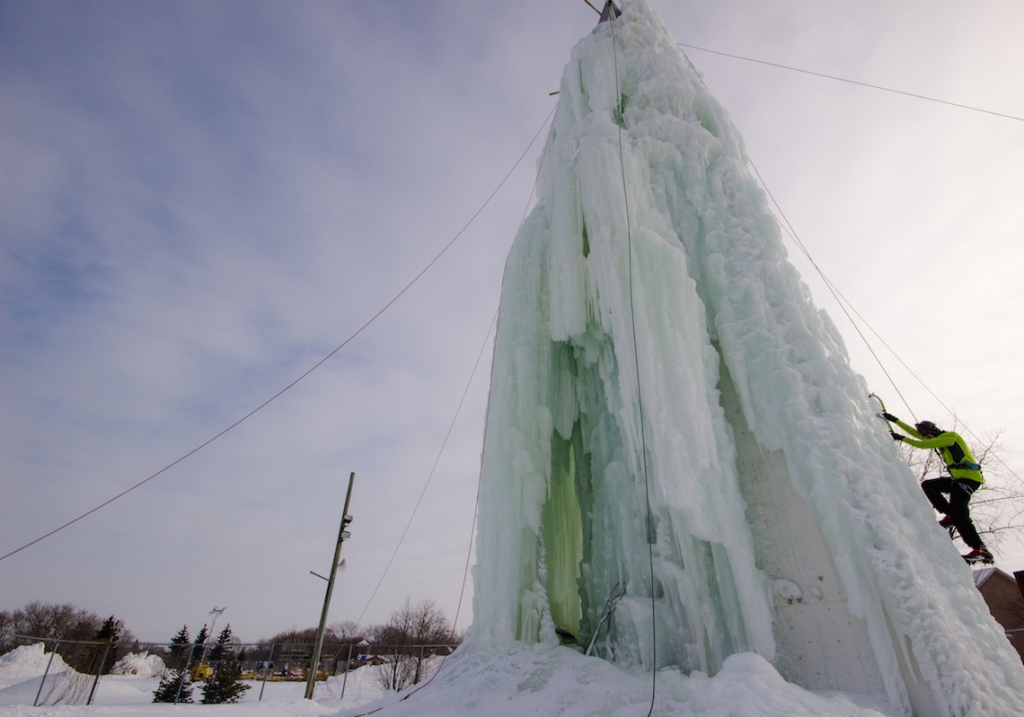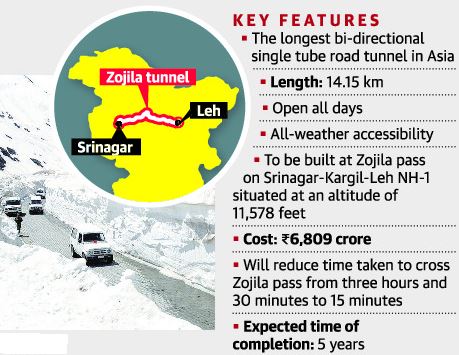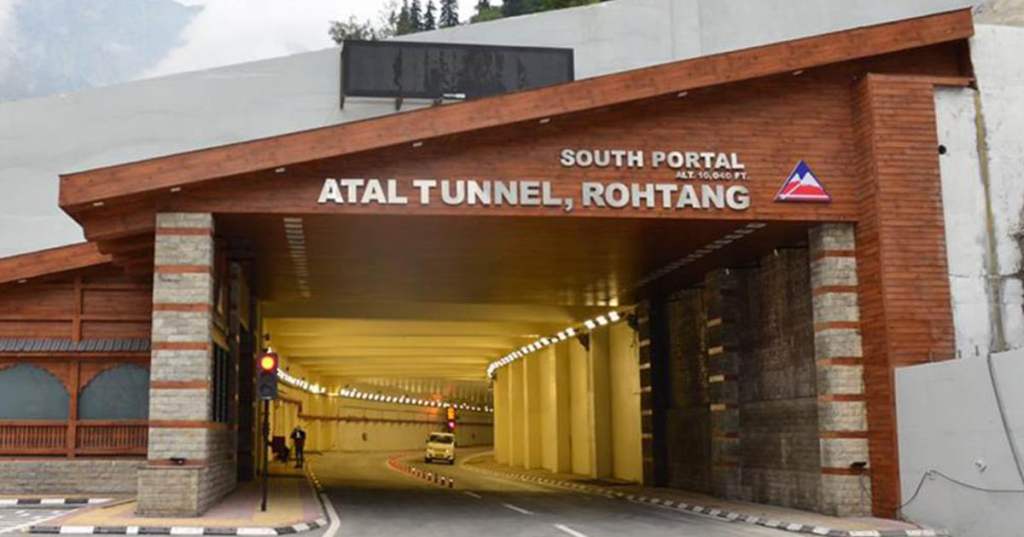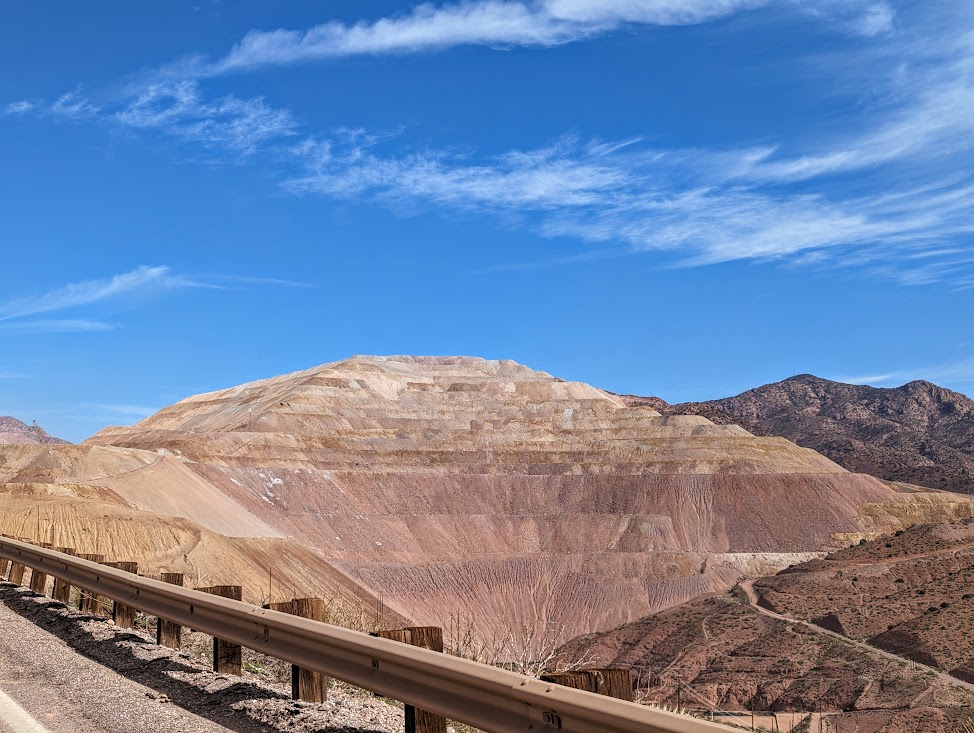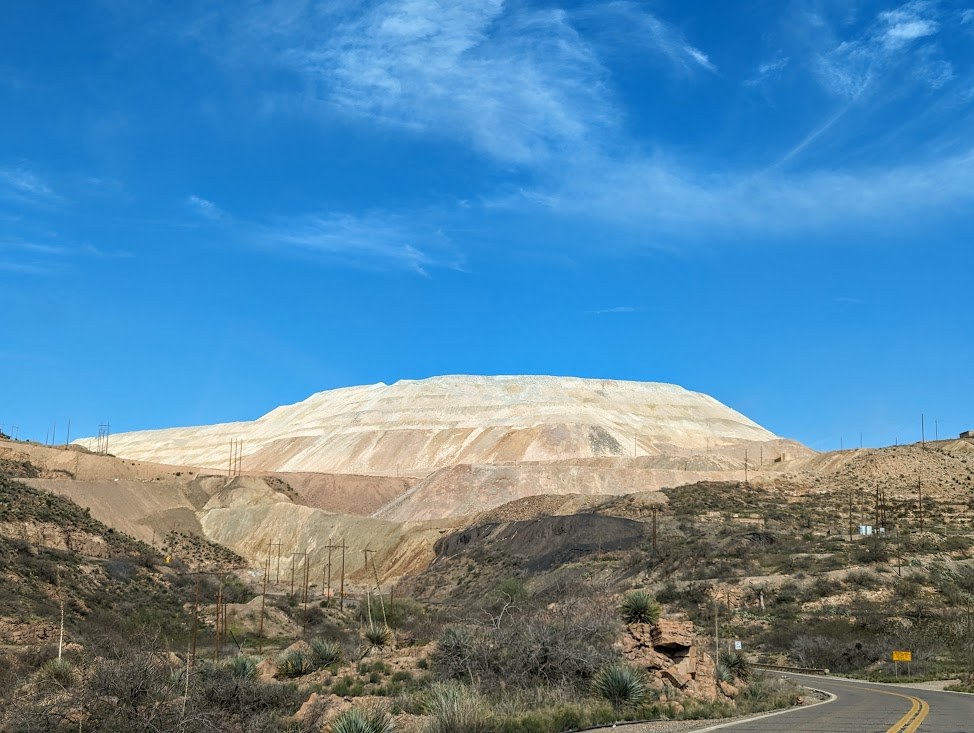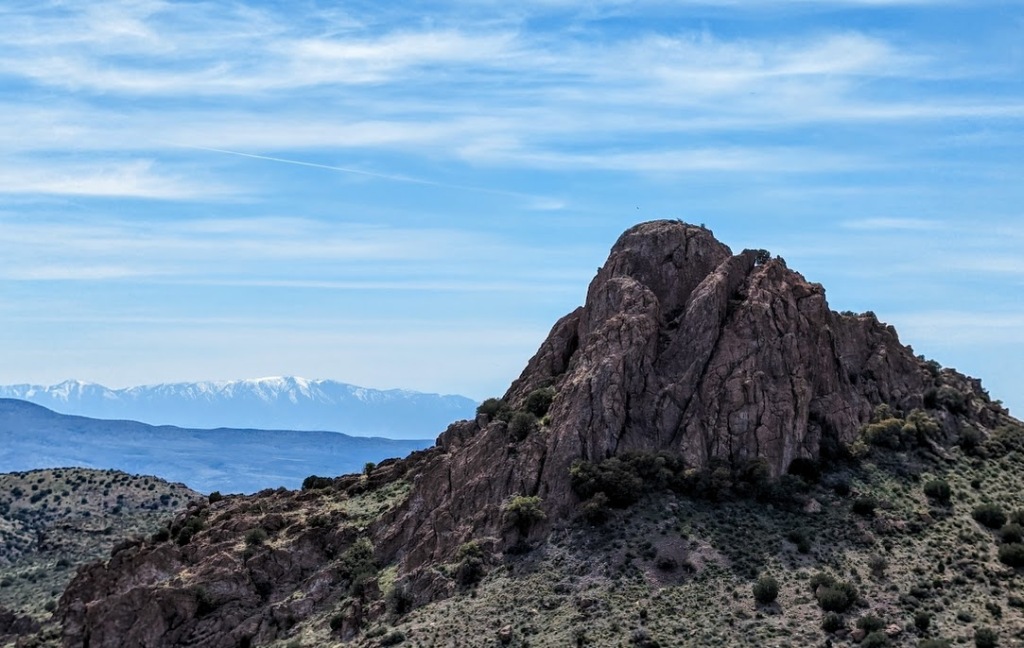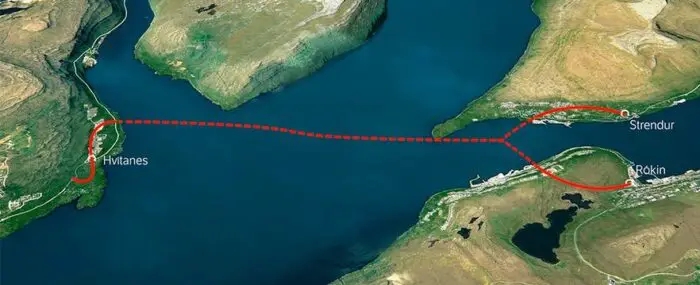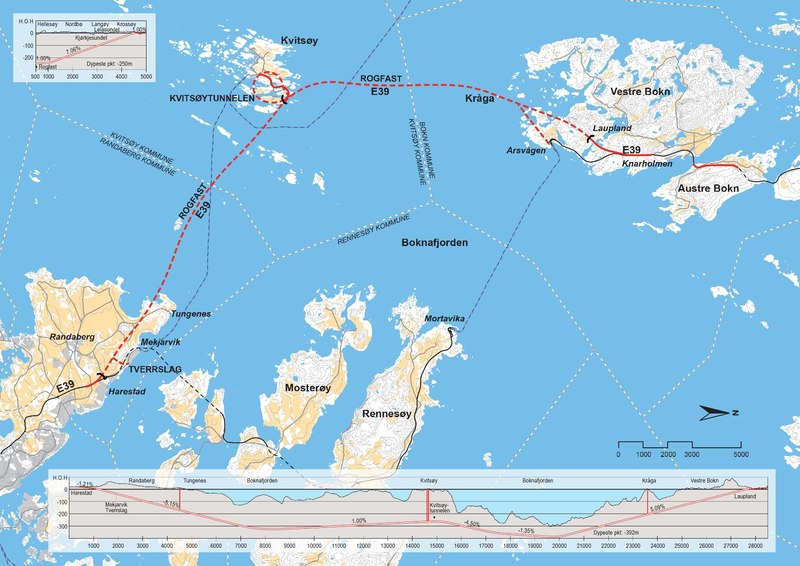
The map above and the list below identify the 100 worst trucking bottlenecks in the United States in 2023. Where the truck icons blend/blur together on the map, there are more bottlenecks in close proximity to one another. More detailed maps for six of the most congested regions are provided after the list. Anyone who has driven many of these routes can attest to the heavy truck traffic.
- Fort Lee, NJ: I-95 at SR 4
2 Chicago, IL: I-294 at I-290/I-88 IL
3 Houston, TX: I-45 at I-69/US 59
4 Atlanta, GA: I-285 at I-85 (North)
5 Atlanta, GA: I-20 at I-285 (West)
6 Chicago, IL: I-290 at I-90/I-94
7 Los Angeles, CA: SR 60 at SR 57
8 Los Angeles, CA: I-710 at I-105
9 Nashville, TN: I-24/I-40 at I-440 (East)
10 San Bernardino, CA: I-10 at I-15
11 Houston, TX: I-10 at I-45
12 Chicago, IL: I-80 at I-94
13 McDonough, GA: I-75
14 Atlanta, GA: I-285 at SR 400
15 Cincinnati, OH: I-71 at I-75
16 Dallas, TX: I-45 at I-30 TX
17 Atlanta, GA: I-20 at I-285 (East)
18 Atlanta, GA: I-75 at I-285 (North)
19 Houston, TX: I-45 at I-610 (North)
20 Baton Rouge, LA: I-10 at I-110
21 Hartford, CT: I-84 at I-91
22 Chicago, IL: I-90 at I-94 (South)
23 Denver, CO: I-70 at I-25
24 Chicago, IL: I-90 at I-94 (North)
25 Stamford, CT: I-95 CT
26 Houston, TX: I-10 at I-610 (West)
27 Brooklyn, NY: I-278 at Belt Parkway
28 Portland, OR: I-5 at I-84
29 Philadelphia, PA: I-76 at I-676
30 Houston, TX: I-610 at US 290
31 Vancouver, WA: I-5 at Columbia River
32 Austin, TX: I-35
33 St. Louis, MO: I-64/I-55 at I-44
34 Providence, RI: I-95 at I-195
35 Atlanta, GA: I-20 at I-75/I-85
36 Queens, NY: I-495
37 Nashville, TN: I-40 at I-65 (East)
38 Philadelphia, PA: I-76 at US 1
39 Chattanooga, TN: I-24 at US 27
40 Oakland, CA: I-880 at I-238
41 Corona, CA: I-15 at SR 91
42 Gary, IN: I-65 at I-80
43 Houston, TX: I-10 at I-610 (East)
44 Philadelphia, PA: I-476 at I-95
45 Denver, CO: I-25 at I-76
46 Bronx, NY: I-678
47 Detroit, MI: I-94 at I-75
48 Norwalk, CT: I-95
49 Seattle, WA: I-5 at I-90
50 Minneapolis – St. Paul, MN: I-35E at I-94
51 Nashville, TN: I-65 at I-24
52 Denver, CO: I-70 at I-270
53 Dallas, TX: US 75 at I-635
54 Waterbury, CT: I-84 at SR 8
55 Minneapolis – St. Paul, MN: I-35W at I-494
56 Charlotte, NC: I-77 near Lake Norman NC
57 Atlanta, GA: I-75 at I-675
58 Los Angeles, CA: I-110 at I-105
59 Chattanooga, TN: I-75 at I-24
60 Atlanta, GA: I-75 at I-85
61 Ft. Worth, TX: I-35W at I-30
62 Charlotte, NC: I-77 at I-485 (South) NC
63 Knoxville, TN: I-40/I-75 at I-140
64 Kansas City, MO: I-70 at I-670 at US 71
65 Charlotte, NC: I-85 at I-485 (West)
66 Indianapolis, IN: I-465 at I-69
67 Boston, MA: I-93 at SR 3
68 Federal Way, WA: SR 18 at I-5
69 Auburn, WA: SR 18 at SR 167
70 Charleston, SC: I-26 at I-526
71 Houston, TX: I-610 at I-69/US 59 (West)
72 Knoxville, TN: I-40 at I-275
73 Tampa, FL: I-4 at I-275
74 Las Vegas, NV: I-15 at I-515
75 Manhasset, NY: I-495 at Shelter Rock Road
76 New Haven, CT: I-95 at I-91
77 Stafford, VA: I-95
78 Tacoma, WA: I-5 at I-705/SR 16
79 Washington, DC: I-95 at I-495 (North)
80 Philadelphia, PA: I-76 at I-476
81 Houston, TX: I-10 at I-69/US 59
82 Greenville, SC: I-85 at I-385
83 Phoenix, AZ: I-17 at I-10
84 Nyack, NY: I-287
85 Oakland, CA: I-80 at I-580/I-880
86 Bridgeport, CT: I-95 at SR 8/SR 25
87 Indianapolis, IN: I-65 at I-70 (North)
88 Seattle, WA: I-90 at I-405
89 Washington, DC: I-495 at I-66
90 Boston, MA: I-95 at I-90
91 Houston, TX: I-45 at Sam Houston Tollway (North)
92 Washington, DC: I-495 at I-270 (West)
93 Los Angeles, CA: SR 91 at SR 55
94 Milwaukee, WI: I-94/I-794 at I-43
95 Louisville, KY: I-265 at I-64
96 Elmsford, NY: I-287 at I-87
97 Baltimore, MD: I-695 at I-70
98 Minneapolis – St. Paul, MN: I-35W at I-94
99 Boston, MA: I-95 at I-93 (North)
100 Camden, NJ: I-76 at I-676
Below are maps of some of the cities with heavy concentrations of trucking bottlenecks. Both the Philadelphia and Washington-Baltimore areas also have five bottleneck areas.
Peace!

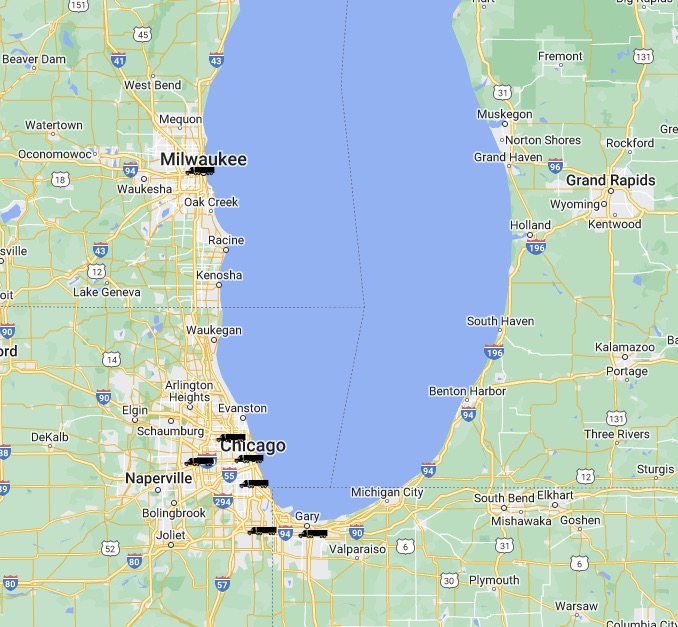


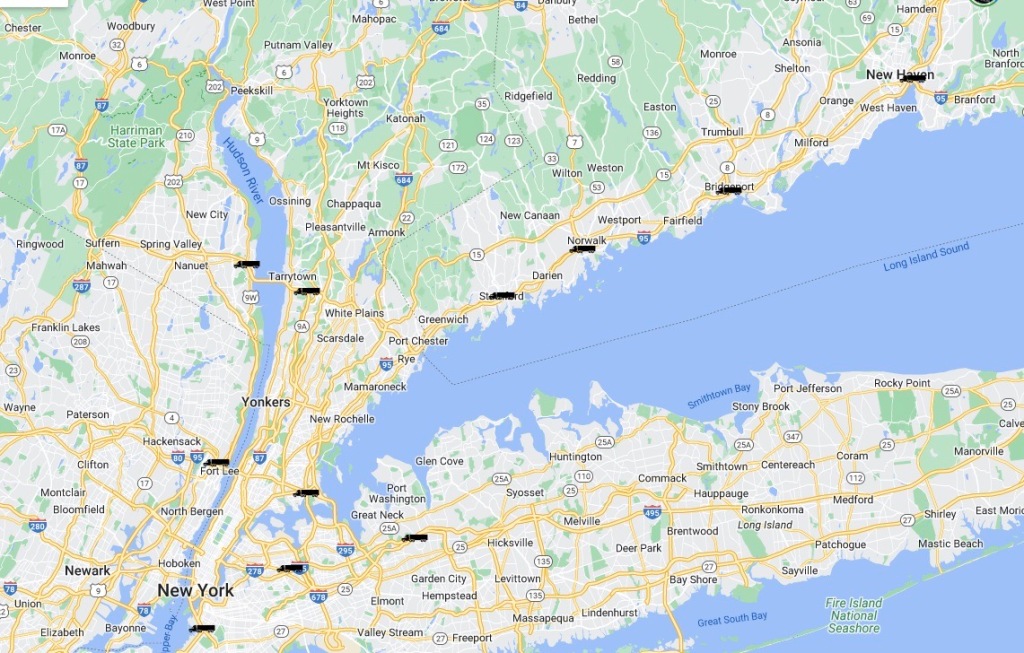
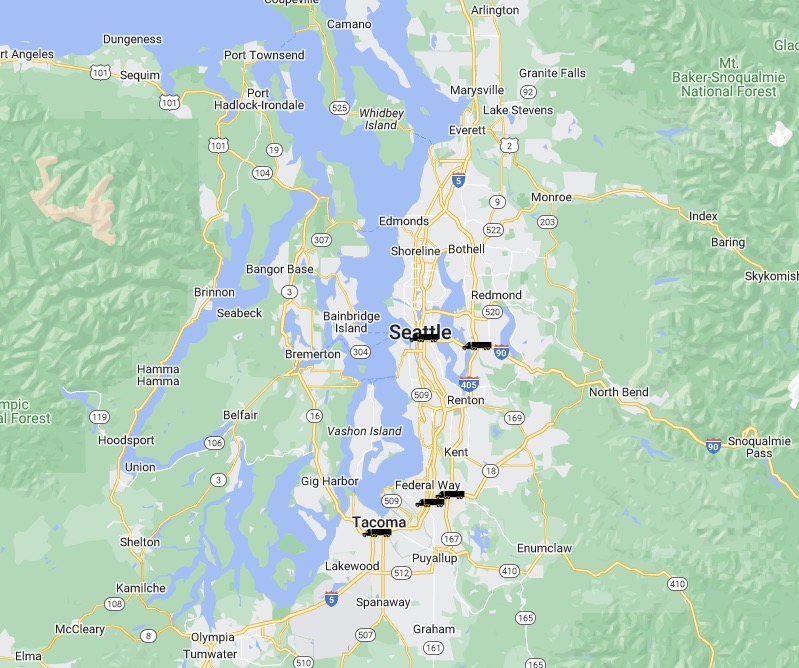
SOURCE:



